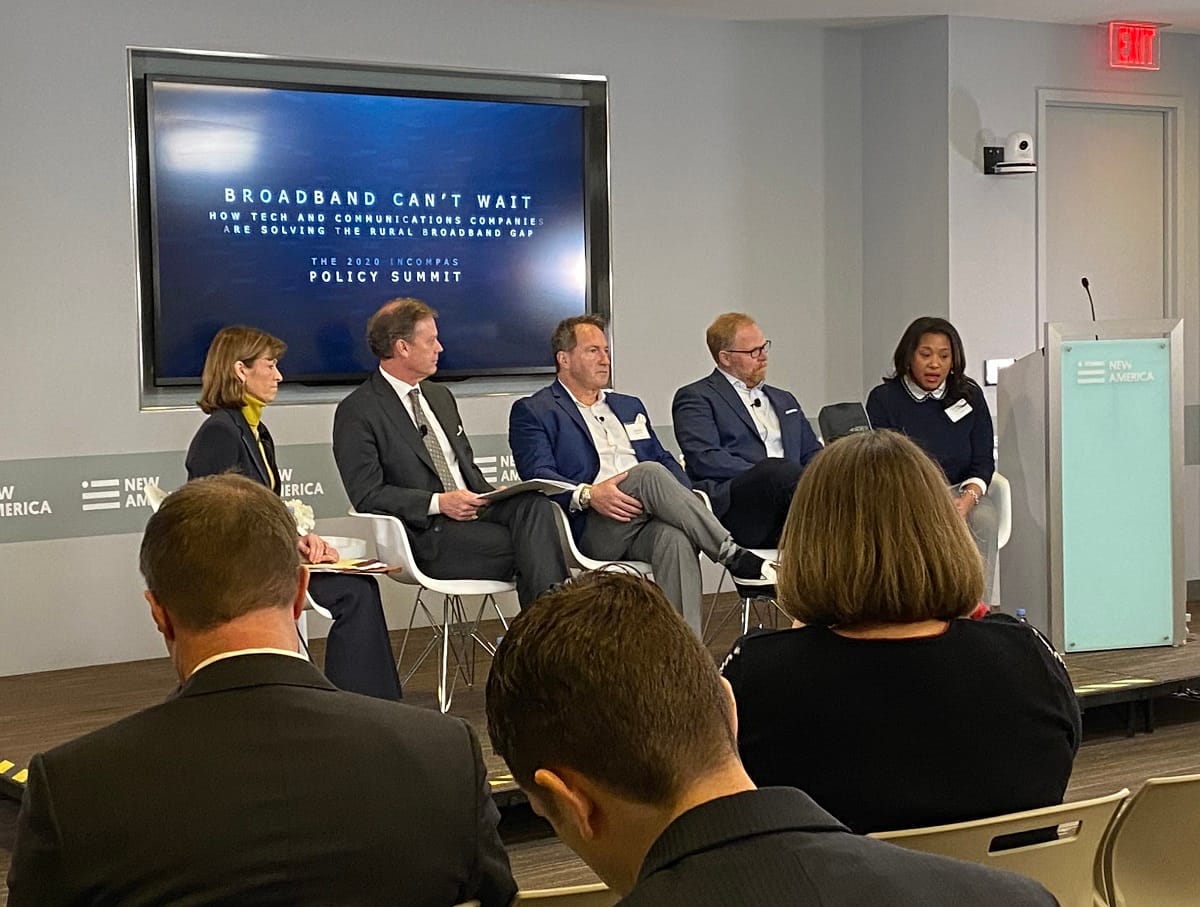In Rural Areas, Private Partnerships Waste No Time in Closing the Digital Divide
WASHINGTON, March 4, 2020 – Private partnerships play a more crucial role in rural broadband buildout than all the federal and public programs available to help, said C Spire Senior Vice President of Strategic Relations Ben Moncrief. He was a speaker on Tuesday at the INCOMPAS policy summit and tout










Member discussion